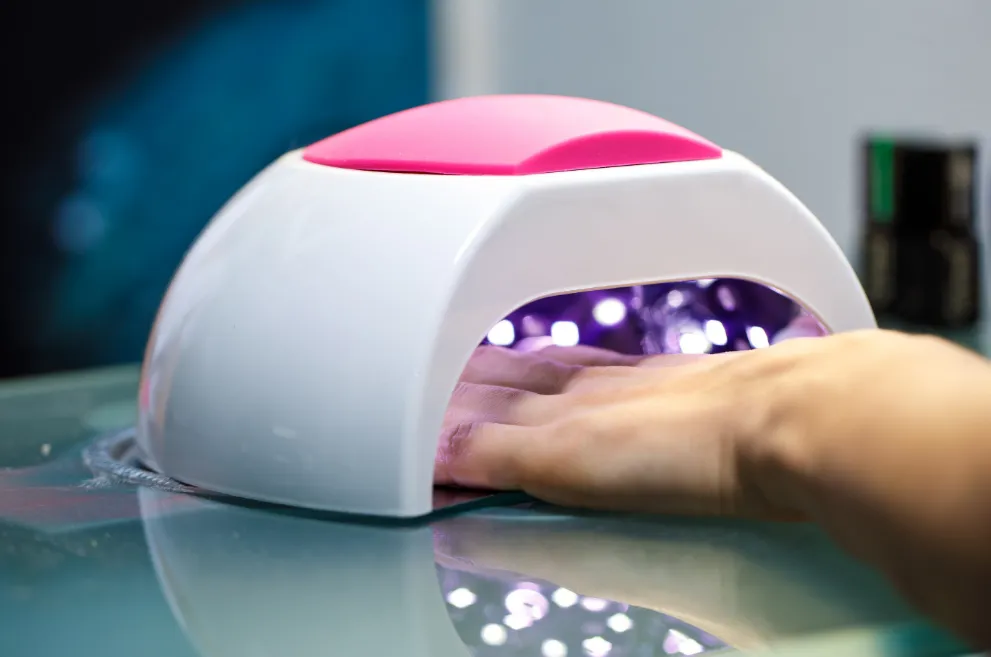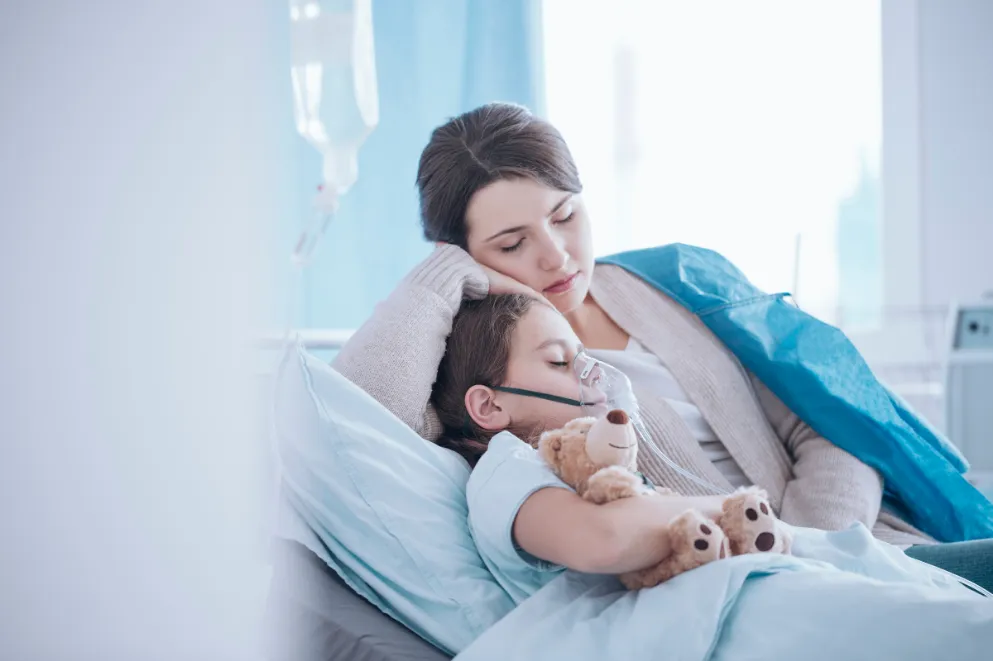What is a mutation?
A mutation is an abnormality in an organism's DNA sequence due to errors during cell division. Mutation can result from exposure to DNA-damaging agents or a viral infection. It is inheritable if it occurs on sex cells (eggs and sperm), while those on somatic cells (body cells) aren't hereditary.
Can mutations be cancerous?
Yes, some types of genetic mutation can be cancerous. Genes regulate how your body makes proteins, which control vital functions like cell growth. If genetic mutation alters proteins' function, it can be cancerous.
Can UV nail lamps cause cancer?
Yes. A UV nail lamp, used to cure gel nails, is essentially a mini tanning bed, and tanning beds are carcinogenic.
What makes UV nail lamps risky?
UV nail lamps use UV light, a form of electromagnetic radiation with a wavelength ranging from 10 to 400 nanometers. The spectrum of a UV light used by a UV nail lamp, between 340 to 395nm, can damage DNA and cause mutations, which may be cancerous.
Why have UV nail lamps been marketed as safe?
Many of these devices were marketed as safe because no research had previously been done to determine how they affect human cells at a molecular and cellular level.
What is the relationship between UV exposure and mutation?
Research shows that the damaging effect of UV exposure on human and mouse cells is proportional to the length and frequency of exposure. A 20-minute session caused 20% to 30% of death in exposed cells, while three consecutive 20-minute exposures caused 65% to 70%. The remaining cells after the exposure have DNA damage and mutation with patterns similar to those in human skin cancer.
Are there limitations to the research?
The major limitation of the research is that exposing cells in a petri dish to a UV lamp differs from conducting the study on living humans and animals. Human skin has protective layers that absorb UV radiation. However, when you combine the outcome of this research with previous evidence, such as cases of developing squamous cell carcinomas, in people who are associated with UVA dryers. This combined evidence suggests you shouldn’t expose yourself to UVA without protection.
How can I reduce my risk?
If you must get a gel manicure, here are some preventive measures you can take:
- Apply broad-spectrum sunblock that contains zinc and titanium around the nails.
- Wear UV gloves with the fingertips cut off when you want to dry your nails.
- Use the new gel nail wrap that does not require a UV nail dryer instead.
- Apply a serum rich in antioxidants such as vitamin C around the nails.
What steps should I take if I've been getting gel manicures on a regular basis?
If you have had numerous gel manicures, it is advisable to consult with a certified dermatologist for a thorough skin examination to check for any potential skin cancer precursors and address them promptly.
How often is it safe to get gel manicures?
Additional information is required to establish the frequency at which individuals can safely receive gel manicures. Nevertheless, it is advised to reserve them for special events. It is strongly recommended to refrain from utilizing UV nail dryers.
Who is at a higher risk of experiencing DNA damage because of exposure to UV nail lamps?
People in the following categories are more at risk of DNA damage following UV nail lamp exposure:
- People with a history of skin cancers.
- People with photosensitive skin due to fairer skin or albinism.
- People who use photosensitive medications such as hydrochlorothiazide, metformin, and amiodarone.
















